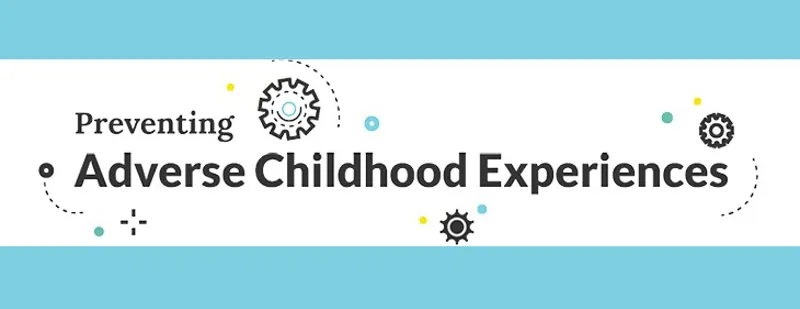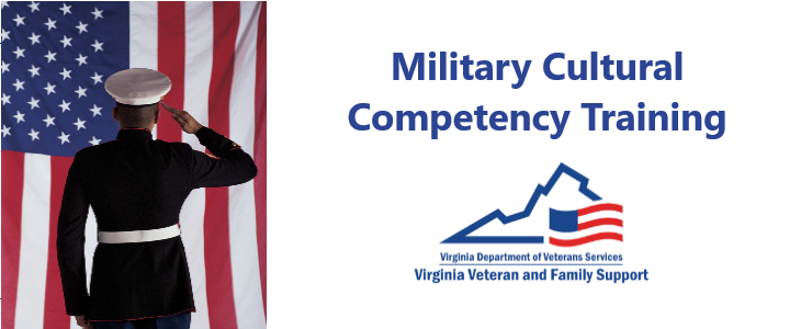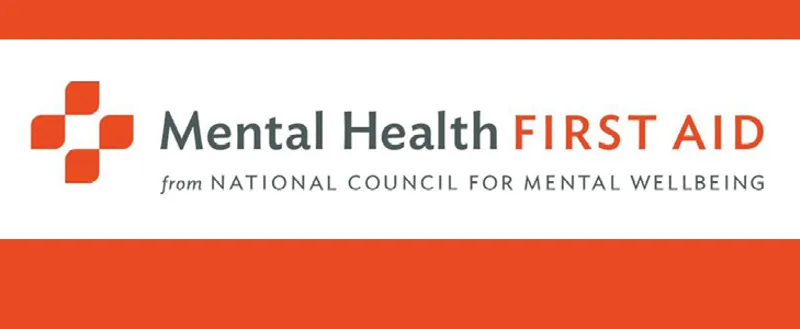ACEs Interface Training
10:00 AM Adverse Childhood Experiences (ACEs) Interface Training teaches participants about adverse childhood experiences, toxic stress, and how adversity in childhood can impact adult health. Learn the steps to address trauma, how to create safe environments and improve relationships so that healing can begin and allow all children to reach their full potential. Click here to view the training flier.






